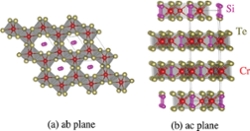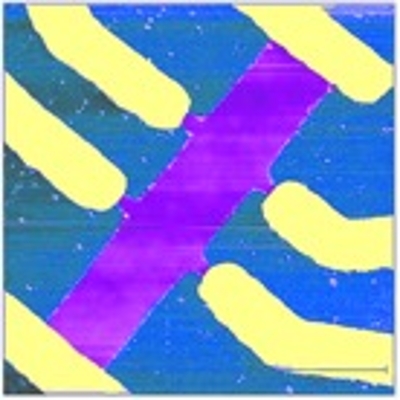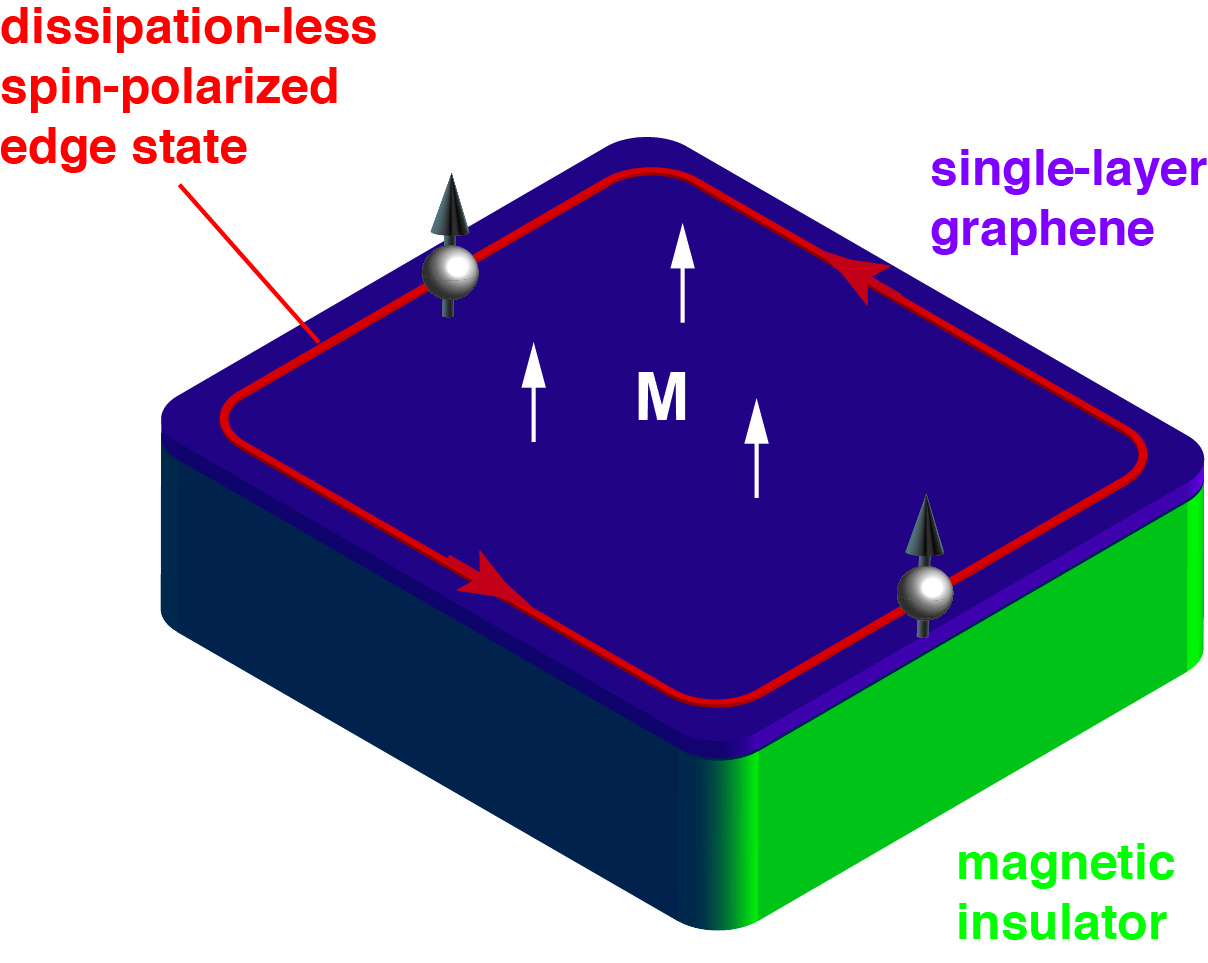Physics Professor Ben Hunt wins DoE Early Career Award
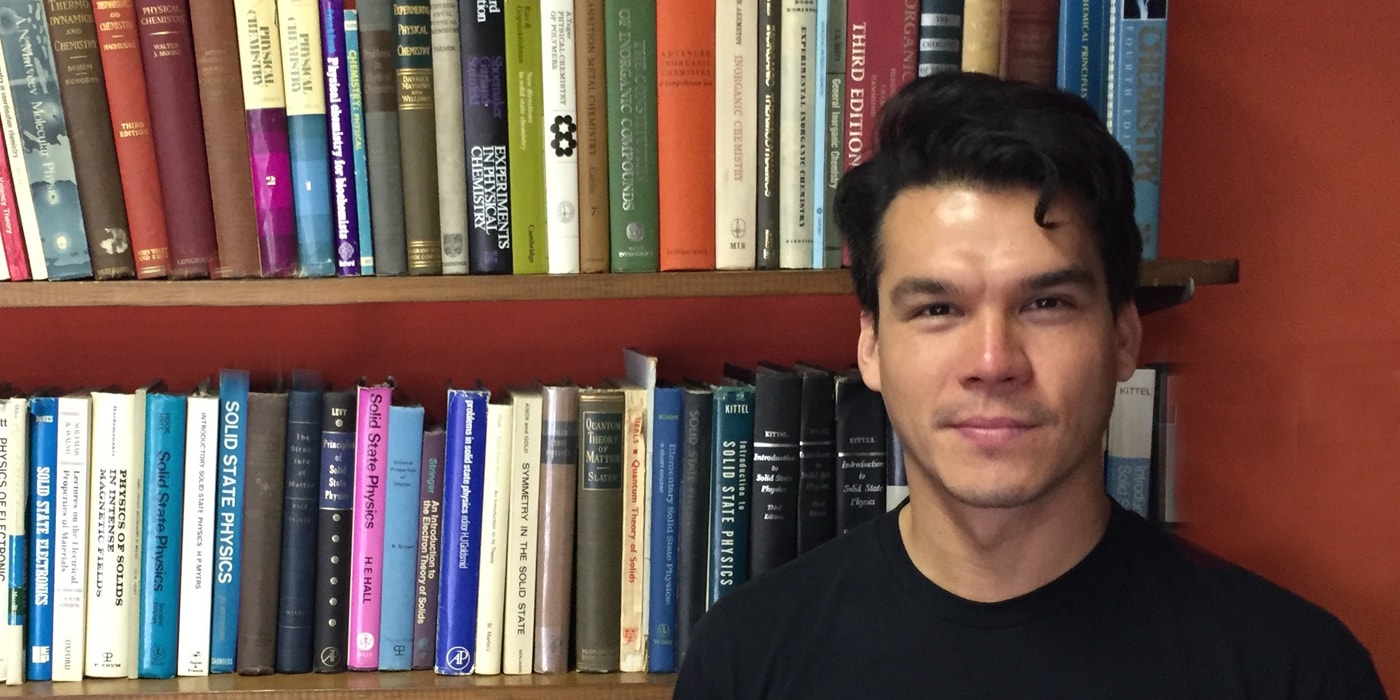
Ben Hunt Wins DoE Early Career Award
The Department of Energy has awarded assistant professor Benjamin Hunt with a prestigious Early Career grant. The award will provide $750,000 over the next five years to study how layering different two-dimensional crystals (such as graphene and the magnetic insulator CrSiTe3) can lead to new, emergent properties in the composite layered structure. Will the new structure – known as a van der Waals heterostructure for the forces that hold the layers together – truly be greater than the sum of its parts?
Hunt is an experimental condensed matter physicist and a member of the Quantum Electronics Group at Carnegie Mellon. He is generally interested in in the complex behavior that matter exhibits in the quantum limit: at low temperatures, in reduced dimensions (particularly 2D electrons), and in the presence of large electric and magnetic fields. His group builds devices to study electronic transport and quantum capacitance using novel nanofabrication techniques (such as the device pictured at the upper right).
One of the tantalizing possibilities of his research on graphene/CrSiTe3 structures is the potential to realize a “topological edge state” (pictured at the lower right), where a charge- and spin-carrying current would travel around the boundary of the graphene material, immune to the collisions that typically cause electrons to dissipate energy when travelling through conventional solids. Such topological edge states are of great interest for new paradigms of information processing, such as spintronics and topological quantum computing.
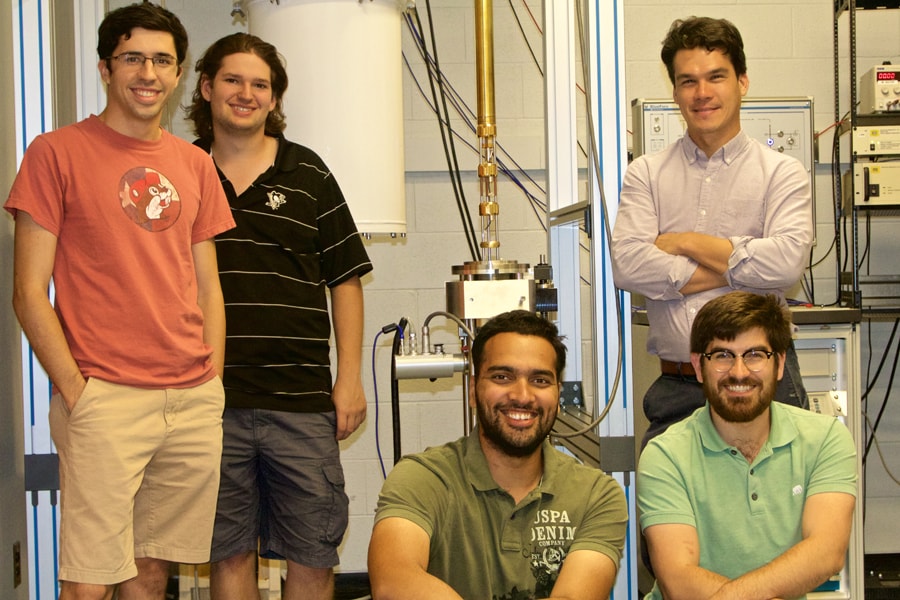
Above, clockwise from left, are Joe Seifert (grad), Michael Sinko (grad), Ben Hunt (PI), Sergio de la Barrera (postdoc), and Devashish Gopalan (grad). They are standing in front of the central apparatus of Hunt's lab, a dilution refrigerator that can achieve temperatures a few millidegrees above absolute zero (0.010 Kelvin). The dilution refrigerator is housed in the large white can, and the graphene/magnetic insulator devices are mounted on the brass probe and inserted into the center of the dilution refrigerator to reach the requisite temperatures to observe the predicted quantum effects.
For the project funded by the DoE, Hunt's research group has active collaborations with Di Xiao (theorist, CMU Physics), Marek Skowronski (experimentalist, CMU Mat. Sci.), and David Mandrus (experimentalist and crystal grower, U. of Tennessee, Knoxville).
